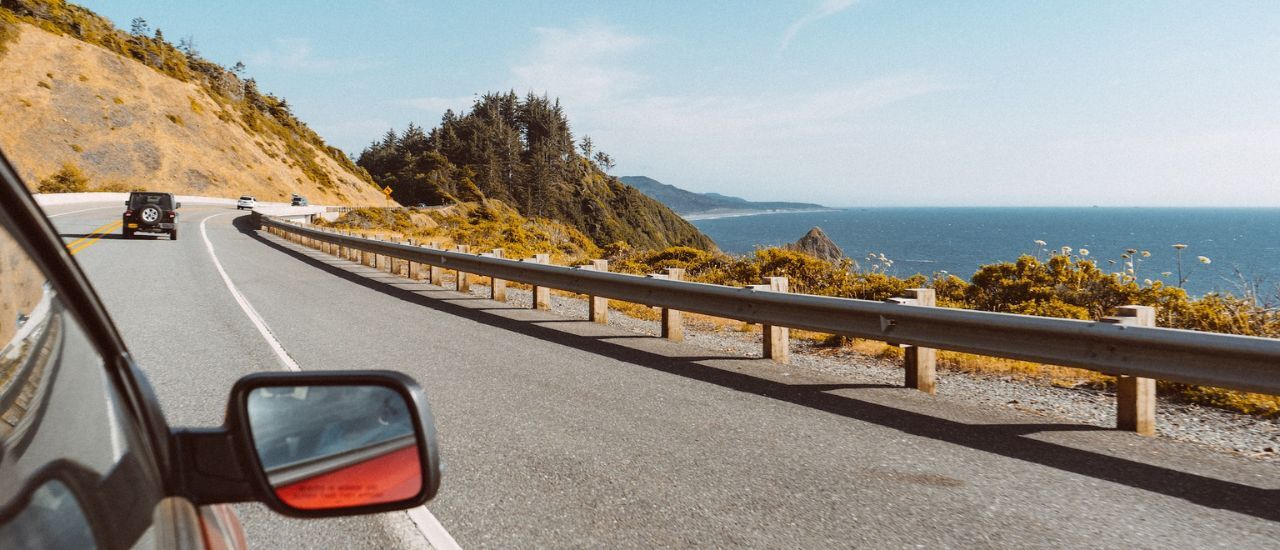
Prepping Your Car for a European Adventure: Essential Checks Before You Hit the Road
Embarking on a European adventure is a dream come true for many travellers. The allure of historic cities, picturesque landscapes, and diverse cultures beckons adventurers to explore the continent's roads less travelled. While the prospect of a road trip through Europe is undeniably exciting, it's crucial to ensure your vehicle is in top condition before you hit the road. Whether you're planning a leisurely drive through the French countryside, an exploration of Italy's winding coastal roads, or a journey through the German autobahns, here are some essential checks to prep your car for an unforgettable European adventure.
Documentation and Regulations
Before you even start packing your bags, it's essential to ensure that you have all the necessary documentation and comply with the regulations of each country you'll be visiting. Make sure your driver's licence is valid for the duration of your trip, and consider obtaining an International Driving Permit (IDP), which can be extremely helpful in certain countries.
Additionally, research the specific road regulations and requirements of each country, including tolls, parking regulations, and any mandatory equipment like reflective vests, warning triangles, or first aid kits. Familiarise yourself with local driving customs and traffic laws to avoid any surprises on the road.
UK Stickers
For EU travel, you must have either a number plate featuring a UK flag or a visible UK sticker on the back of your car.
Since September 28th, 2021, 'UK' stickers have taken the place of 'GB' stickers. If your vehicle still displays a 'GB' sticker, you'll need to replace it with a 'UK' sticker before your trip to Europe.
Warning Triangles
Warning triangles serve the purpose of notifying fellow drivers about breakdowns or emergencies on the road. They are obligatory in the majority of EU countries, though the specific quantity mandated can vary from one country to another.
High Visibility Jackets
In several European nations, it is mandatory to have a high-visibility jacket on hand. This ensures your visibility to fellow drivers in the event of a breakdown. When travelling with others, make sure each passenger is equipped with their own jacket, and remember to store them within the passenger glove compartment, rather than in the boot.
Headlamp Converters and Spare Bulb Kits
To prevent dazzling other drivers approaching from the opposite direction, it's essential to use headlamp converters. This is necessary because the headlights of British vehicles are configured for left-side driving, which differs from right-side driving. Headlamp converters adjust the beam angle, prioritising the safety of other drivers while also enhancing your own visibility.
Vehicle registration documents
If you plan to bring your vehicle to Europe for a period shorter than 12 months, ensure you have your V5C logbook with you.
If you're opting for a hired or leased car, obtaining a VE103 form is necessary to demonstrate your UK exit permission.
Vehicle Maintenance and Inspection
Your car's reliability and performance will be key to the success of your European adventure. Schedule a thorough maintenance checkup before you hit the road. An experienced mechanic should inspect the engine, brakes, suspension, tyres, and all fluid levels. Address any existing issues to prevent potential breakdowns in unfamiliar territories.
Consider investing in a full-service package that includes an oil change, filter replacements, and a check of the air conditioning and heating systems. Ensuring your vehicle is in optimal condition will not only enhance your safety but also contribute to better fuel efficiency.
European Breakdown Cover
Even if you've done all the necessary checks on your vehicle before you start your trip, there's still a chance it might break down. Check whether your current car insurance includes protection for breakdowns while abroad. If it doesn't, you will either have to modify your current policy or acquire a distinct European breakdown cover. Given that repair expenses in Europe can be substantial, it is crucial to confirm that you have sufficient coverage.
Tyres and Spare Parts
Your tyres are your car's connection to the road, and they play a significant role in ensuring a smooth and safe journey. Make sure you check the tread depth and overall condition of the tyres. Inadequate tread can reduce traction, particularly in wet or slippery conditions. Consider having your tyres replaced if they’re worn out.
Equally important is having a well-maintained spare tyre, jack, wrench, and tools necessary for changing a tyre. In the event of a flat tyre, you want to be well-prepared to get back on the road as quickly as possible. It’s also a good idea to have tyre repair kits or sealants, as punctures can happen unexpectedly.
Fluid Levels and Emergency Kit
Maintaining proper fluid levels is vital for making sure your vehicle operates correctly. Regularly check the levels of engine oil, coolant, brake fluid and windshield washer fluid. Top up for replacement fluids as required to prevent overheating, brake malfunctions or visibility issues.
Additionally, put together an emergency kit that includes essential items such as a first aid kit, flashlight, batteries, blankets, bottled water, non-perishable snacks and a basic tool kit. Hopefully, you’ll never need these items, but they can prove invaluable in unforeseen situations.
Navigation and Communication
When navigating unfamiliar roads and cities, having a reliable navigation system is crucial. Make sure your GPS is up to date with European maps and that you have a backup, such as printed maps or a smartphone navigation app that works offline. Also make sure to bring a car charger and a portable power bank to keep your devices charged, especially during long drives.
Invest in a prepaid SIM card or an international roaming plan to ensure continuous communication during your journey. Staying connected can help you access important information, contact local authorities or emergency services, and stay in touch with friends and family.
Adapting to Different Road Conditions
European road trips often involve driving through various terrains, from winding mountain roads to bustling urban streets. To adapt to these different road conditions, consider installing all-weather or winter tyres, depending on the time of year and regions you'll be exploring. Winter tyres provide better traction and control in cold and snowy conditions, while all-weather tyres are designed to perform well in both wet and dry conditions.
Practice defensive driving and remain vigilant, especially in densely populated areas or areas with challenging terrain. Familiarise yourself with road signs, symbols, and traffic patterns specific to each country you'll be visiting.
Accommodation and Parking
Research parking options and accommodations in advance, especially if you’ll be staying in city centres or tourist hotspots. Some hotels may offer parking facilities, but you might need to book in advance. In cities, parking can be limited and expensive, so it’s a good idea to explore public transportation options or choose accommodations with easy access to major attractions.
It may be helpful to use parking apps that help you find available parking spots and provide information about rates and restrictions. This can save you time and unnecessary stress.
Time to Hit the Road
Ensuring that your vehicle is properly prepared for your European trip is essential to a successful and enjoyable experience. By following these essential checks and preparations, you'll be well-equipped to navigate diverse road conditions, adapt to different regulations, and make the most of every moment on the road.








